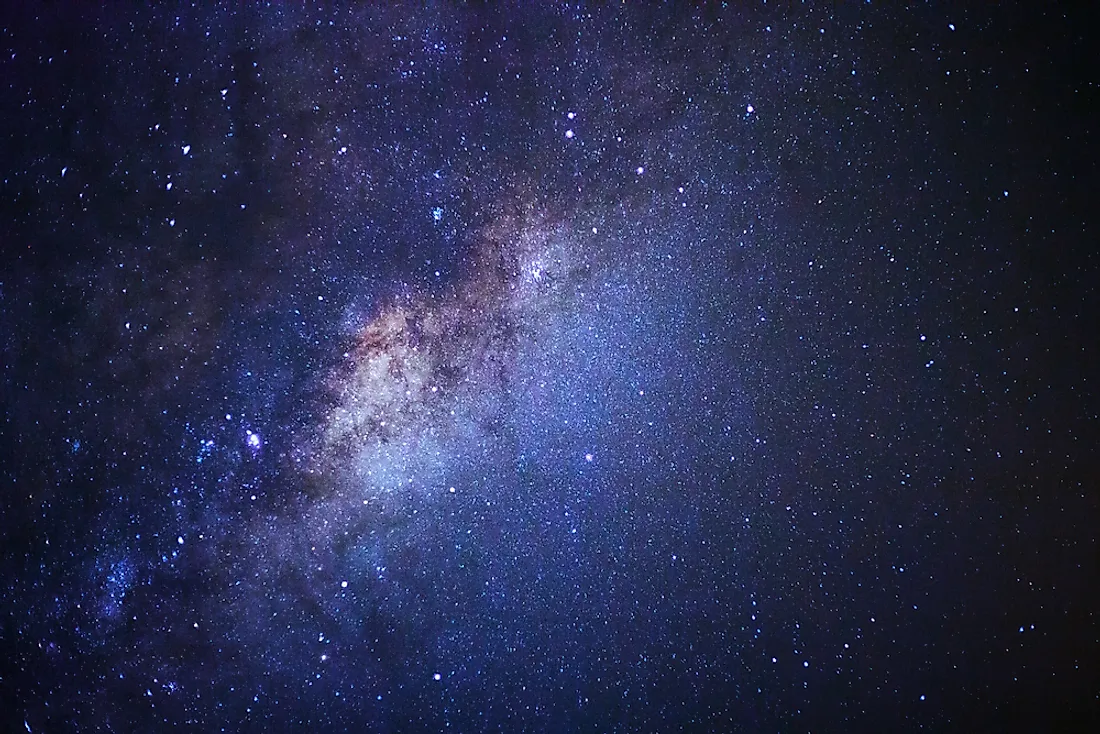What Is the Largest Galaxy?

A galaxy is a combination of stars, gas, and dust bound together by gravitational force. The Milky Way is a well-known galaxy because it contains Earth and its Solar System. Galaxies are the building blocks of the universe and have existed for more than 13 billion years. Galaxies can be grouped into three categories based on size: dwarf galaxies, mid-range spiral galaxies, and gigantic elliptical galaxies. Elliptical galaxies are the largest and can contain trillions of stars. Although some level of debate exists, IC 1101 is generally considered to be the largest galaxy in the observable universe.
Discovery of the Largest Galaxy
Discovered by British astronomer Frederick William Herschel I on June 19, 1790, the galaxy was then cataloged by John Louis Dreyer and became the 1101st object among the Index Catalogue of Nebulae and Star Clusters (IC).
Description of IC 1101
The diameter of the IC 1101 is approximately 6 million light years. The galaxy’s location is one billion years away from Earth and has a mass of about 100 trillion stars. Galaxies such as IC 1101 are typically either elliptical-shaped or flat. In addition to being the largest galaxy in the universe, IC 1101 is also among the most luminous galaxies in the universe. Just as Earth is part of the Milky Way galaxy, IC 1101 is located at the center of the Abell 2029 galaxy cluster.
Fate of IC 1101
Although IC 1101 is the largest galaxy in the universe, it may disappear into space in the future. The hues of a galaxy indicate its lifespan, and those that possess blue hues are experiencing active star formation. However, galaxies with yellow-red hues have ceased giving birth to new stars. IC 1101 is a yellow-red hued galaxy, which means it is giving birth to very few stars. To survive, the galaxy must collide with and join other younger galaxies. If that does not happen, it will eventually fade away. The collision of galaxies is a normal occurrence. In fact, it is believed that in 4 billion years the Milky Way will collide with the neighboring Andromeda galaxy, resulting in the formation of a galaxy twice the Milky Way's current size.











